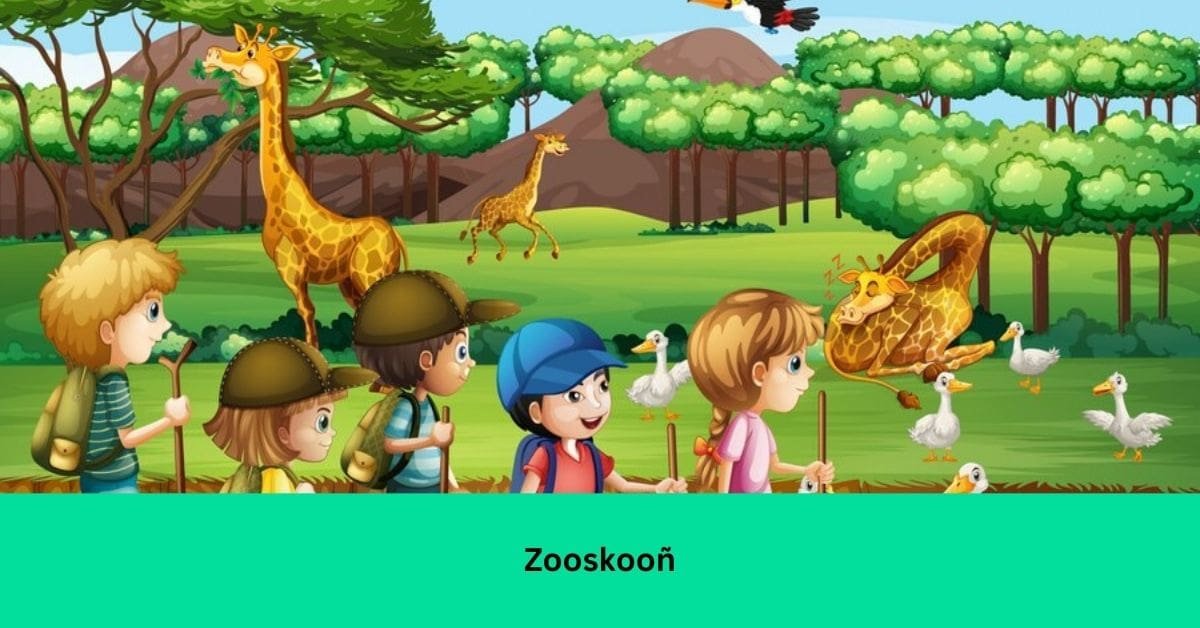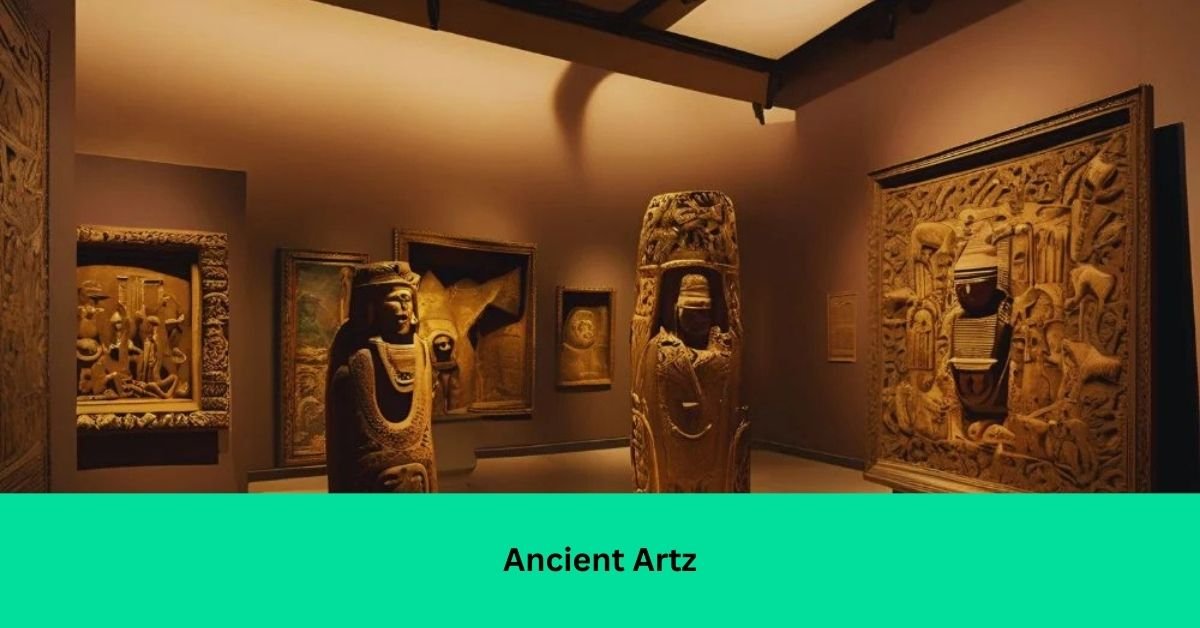In a world where familial bonds often serve as a haven of love and support, the story of “The Disowned Child: Chronicles of Unleashed Divine Bloodlust” unfolds in a dark and tumultuous manner.
This narrative takes readers on a journey through the complexities of family dynamics, identity struggles, and the thirst for power that can emerge from deep-seated pain.
The Concept of Disownment:
Disownment, whether literal or metaphorical, is a powerful theme in literature and life alike. It speaks to the core of human relationships, reflecting the struggle for acceptance and the repercussions of rejection.
In “The Disowned Child,” this theme is brought to life through the tale of a protagonist who finds themselves cast out by their family, and forced to navigate a world filled with challenges and obstacles.
The implications of being disowned stretch beyond personal relationships; they tap into broader questions of societal acceptance, identity, and the quest for belonging.
The Protagonist’s Journey:
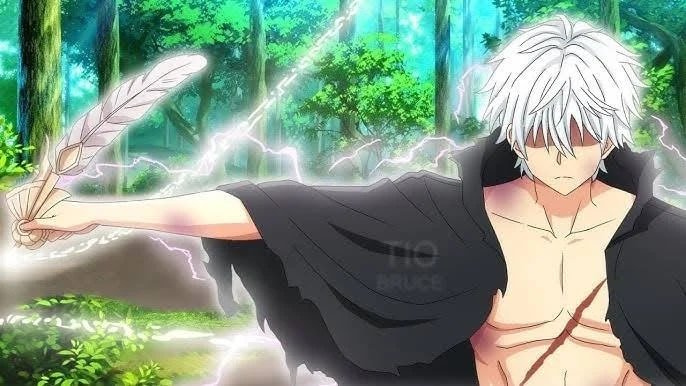
At the heart of the narrative is a young protagonist, who grapples with feelings of isolation and betrayal after being disowned. This character, burdened by a lineage steeped in power and divine blood, must confront their identity in a world that views them with disdain.
The struggle is not just against external forces but also an internal battle against the expectations placed upon them by their bloodline.
Unleashing Divine Power
As the story unfolds, the protagonist discovers the latent powers associated with their divine heritage. This awakening of abilities acts as a double-edged sword.
- On one hand, it offers a sense of empowerment and the potential for revenge against those who cast them aside.
- On the other hand, it serves as a constant reminder of their disowned status, fueling an internal conflict between the desire for vengeance and the yearning for acceptance.
The divine bloodlust that emerges is not merely a thirst for violence; it symbolizes the hunger for recognition and a place in the world.
The character’s journey is a compelling exploration of how abandonment can warp one’s sense of self, driving one to extremes in the pursuit of power and validation.
Read: WWE SmackDown Episode 1488 – Night of Unforgettable Moments!
Themes of Betrayal and Redemption:
Betrayal is a cornerstone theme in “The Disowned Child.” The protagonist’s disownment leads to a spiral of mistrust, not only toward their family but also toward the world at large.
This theme resonates deeply with readers who have experienced similar feelings of abandonment or betrayal in their lives.
The narrative expertly weaves moments of introspection, where the protagonist grapples with their emotions, creating a relatable character that resonates with audiences.
However, the story does not merely dwell on the darkness of betrayal. Throughout the protagonist’s journey, there are glimmers of hope and potential for redemption.
As they confront their bloodlust and the legacy of their family, the character begins to understand that true power lies not in vengeance but in self-acceptance and the ability to forge one’s own path.
The Role of Secondary Characters:

In any compelling narrative, secondary characters play a crucial role in shaping the protagonist’s journey. In “The Disowned Child,” a diverse cast of characters enriches the story and offers various perspectives on the themes of disownment, power, and identity.
Allies and Adversaries
The protagonist encounters both allies and adversaries, each adding depth to the narrative.
- Allies emerge as characters who understand the pain of being disowned or marginalized, providing a sense of community and support.
- These relationships are essential for the protagonist’s growth, as they learn to trust and open themselves up to others.
- Conversely, adversaries represent the societal structures and individuals that seek to maintain the status quo, often antagonizing the protagonist’s quest for identity and belonging.
- These confrontations serve to heighten the tension within the narrative, pushing the protagonist to confront their own fears and insecurities.
The Symbolism of Bloodlust:
Bloodlust, as depicted in the story, transcends mere violence. It serves as a powerful metaphor for the primal instincts that arise in response to betrayal and disownment.
This concept prompts readers to question the nature of power and the lengths individuals will go to reclaim what was taken from them.
The unleashed divine bloodlust manifests in various forms throughout the narrative. It can be seen in moments of rage, in the protagonist’s struggle against their own darker impulses, and in the violent encounters with those who seek to oppress or control.
This symbolic representation of bloodlust invites readers to explore the ethical implications of power, pushing them to consider whether true strength comes from domination or compassion.
Exploring Identity in a Chaotic World:
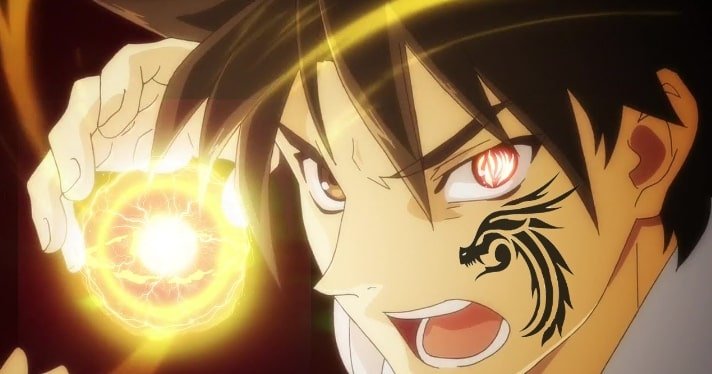
As the protagonist grapples with their divine heritage and the consequences of disownment, the narrative delves into the broader theme of identity. In a chaotic world where traditional values are constantly challenged, the search for self becomes paramount.
The protagonist’s journey serves as a reflection of the universal quest for identity in the face of adversity.
The Complexity of Identity
Identity is not a fixed concept but rather a fluid and evolving aspect of human experience. In “The Disowned Child,” the protagonist’s journey illustrates the complexities of identity formation, especially when influenced by external perceptions and internal struggles.
The character’s evolution showcases the importance of self-discovery and the acceptance of one’s past, regardless of its painful nature.
Read: Tsutsumi Serina – Everything You Need To Know About Her!
Conclusion:
“The Disowned Child: Chronicles of Unleashed Divine Bloodlust” is a poignant exploration of themes that resonate deeply with human experience. It artfully navigates the complexities of disownment, power, and identity, inviting readers on a transformative journey alongside the protagonist.
As the story unfolds, it becomes clear that the true essence of power lies not in vengeance or domination, but in self-acceptance and the ability to forge meaningful connections with others.
Through its rich symbolism and compelling character arcs, “The Disowned Child” captivates readers, urging them to reflect on their own experiences of disownment, power, and the intricate dance of identity.
FAQs:
What inspired the story of “The Disowned Child”?
The narrative draws inspiration from real-life themes of abandonment, identity, and the quest for power. It reflects the emotional struggles that arise when familial bonds are broken and explore the depths of human resilience in the face of adversity.
What are the main themes of the story?
Key themes include disownment, betrayal, redemption, identity, and the symbolism of bloodlust. These themes interweave to create a rich narrative that examines the complexities of familial relationships and personal growth.
Who is the protagonist, and what challenges do they face?
The protagonist is a young individual who has been disowned by their family and is burdened by their divine heritage. They face challenges related to their identity, the awakening of their powers, and the struggle between vengeance and self-acceptance.
How does the narrative explore the concept of bloodlust?
Bloodlust in the story symbolizes the primal instincts that emerge in response to betrayal. It serves as a metaphor for the thirst for power and recognition that can arise from feelings of abandonment.
What message does the story convey about self-acceptance?
The narrative emphasizes that true power lies not in vengeance or domination but in self-acceptance and forging meaningful connections with others. It highlights the importance of embracing one’s identity and personal journey, regardless of past pain.
Can readers relate to the protagonist’s journey?
Yes, the protagonist’s journey resonates with many readers who have experienced feelings of abandonment, betrayal or struggles with identity. The emotional depth of the character allows for a relatable exploration of these universal themes.
Read:
